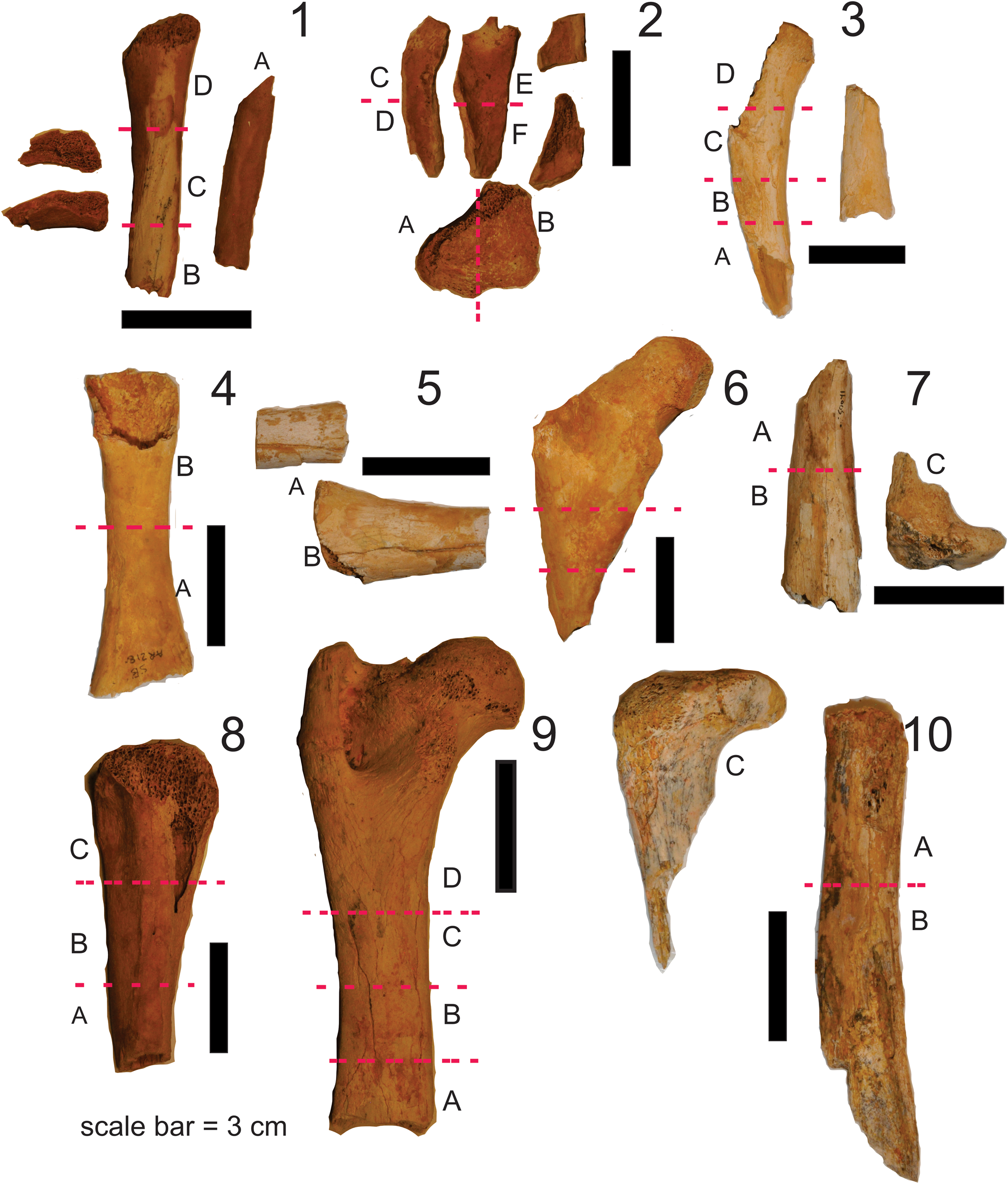2023-05-15 バージニア工科大学(VirginiaTech)
◆この発見は、神経精神疾患において損なわれる可能性のある、協調的な集団運動や社会的コミュニケーションの基礎となる脳活動に対する洞察を与えるものです。特定された脳回路は、複雑な社会的行動に関するさらなる研究への道を開くものです。また、注意多動性障害、自閉症スペクトラム障害、社会的コミュニケーション障害などの疾患を理解し、治療法を開発するためのターゲットとなる可能性があります。同じ経路がより大きな集団行動を調整するかどうかについては、さらなる調査が必要である。
<関連情報>
- https://vtx.vt.edu/articles/2023/05/insync-fbri-0514.html
- https://www.biologicalpsychiatryjournal.com/article/S0006-3223(22)01444-5/fulltext#%20
マウスにおける条件付恐怖の社会的同期には扁桃体への腹側海馬の入力が必要であることが判明 Social Synchronization of Conditioned Fear in Mice Requires Ventral Hippocampus Input to the Amygdala
Wataru Ito,Alexander J. Palmer,Alexei Morozov
Biological Psychiatry Published:August 04, 2022
DOI:https://doi.org/10.1016/j.biopsych.2022.07.016
Abstract
Background
Social organisms synchronize behaviors as an evolutionary-conserved means of thriving. Synchronization under threat, in particular, benefits survival and occurs across species, including humans, but the underlying mechanisms remain unknown because of the scarcity of relevant animal models. Here, we developed a rodent paradigm in which mice synchronized a classically conditioned fear response and identified an underlying neuronal circuit.
Methods
Male and female mice were trained individually using auditory fear conditioning and then tested 24 hours later as dyads while allowing unrestricted social interaction during exposure to the conditioned stimulus under visible or infrared illumination to eliminate visual cues. The synchronization of the immobility or freezing bouts was quantified by calculating the effect size Cohen’s d for the difference between the actual freezing time overlap and the overlap by chance. The inactivation of the dorsomedial prefrontal cortex, dorsal hippocampus, or ventral hippocampus was achieved by local infusions of muscimol. The chemogenetic disconnection of the hippocampus-amygdala pathway was performed by expressing hM4D(Gi) in the ventral hippocampal neurons and infusing clozapine N-oxide in the amygdala.
Results
Mice synchronized cued but not contextual fear. It was higher in males than in females and attenuated in the absence of visible light. Inactivation of the ventral but not dorsal hippocampus or dorsomedial prefrontal cortex abolished fear synchronization. Finally, the disconnection of the hippocampus-amygdala pathway diminished fear synchronization.
Conclusions
Mice synchronize expression of conditioned fear relying on the ventral hippocampus-amygdala pathway, suggesting that the hippocampus transmits social information to the amygdala to synchronize threat response.



